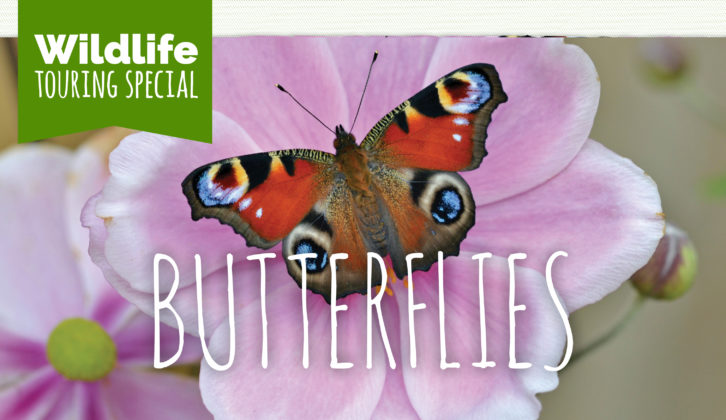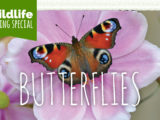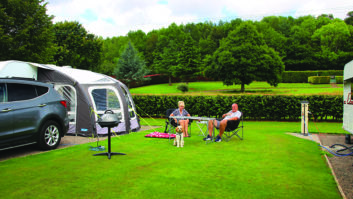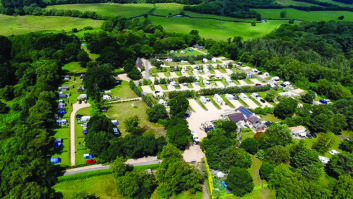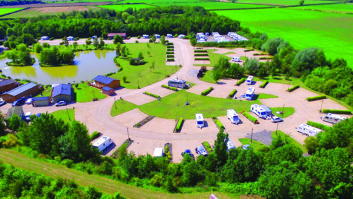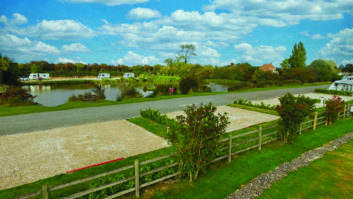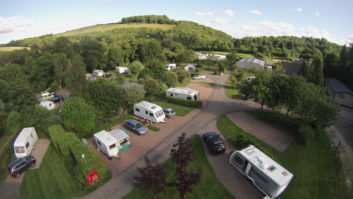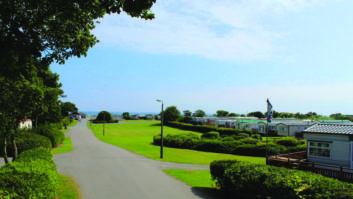Nothing says summer like the sight of a beautiful butterfly. Our friends at Butterfly Conservation have compiled this Wildlife Spotting Guide to Butterflies to help you spot species on your next tour.
Comma
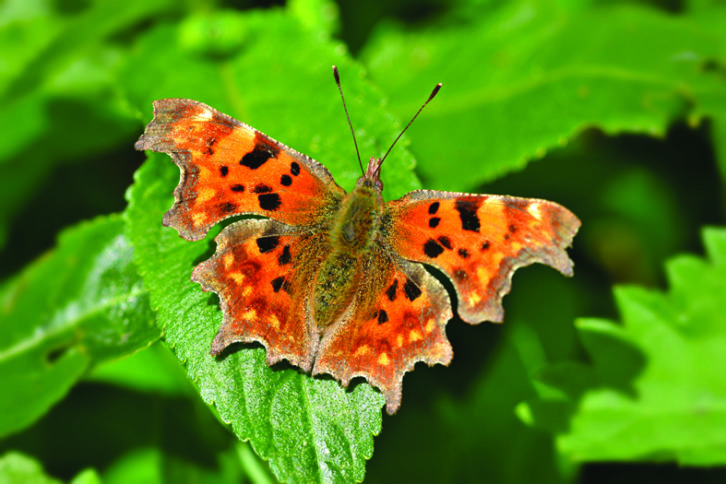
The beautiful scalloped edges of the Comma’s wings are unmistakable, as is the white comma-shaped mark on the underside of its hindwing. Together with its orange-brown colouring, this butterfly is brilliantly designed to conceal itself among dead leaves, while the larvae are flecked with brown and white to resemble bird droppings! This species can adapt its lifecycle according to the weather and is seeing a fantastic comeback across Britain. The caterpillars love to feed on nettles.
Green-veined white
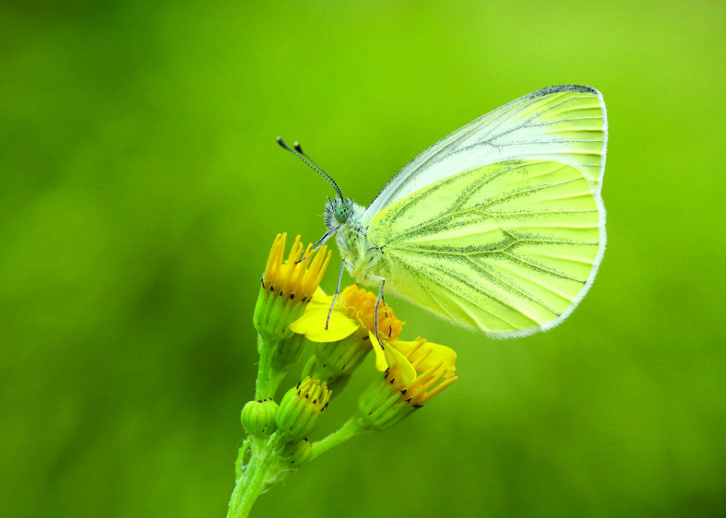
The best way to identify this is to wait until the wings close and you can see the green veins underneath. This is how you can tell the difference between it and the very similar Small White. The upper wings have one or more spots. They commonly prefer areas of lush vegetation.
Holly Blue
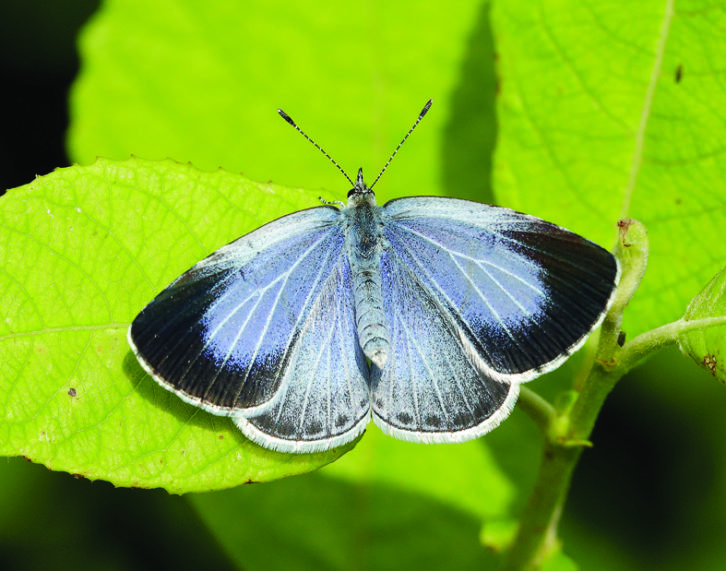
The bright flash of a darting Holly Blue is a pleasure to see. Females have black wing edges, the males do not. Small black spots on the undersides of their wings distinguish the Holly from the Common Blue. This is the first blue butterfly to emerge in spring and can be found on holly bushes, or flying high among trees and bushes in parks and gardens. It also loves to feed on ivy in late summer. It has recently been found in larger numbers in parts of the Midlands and northern England.
Large White
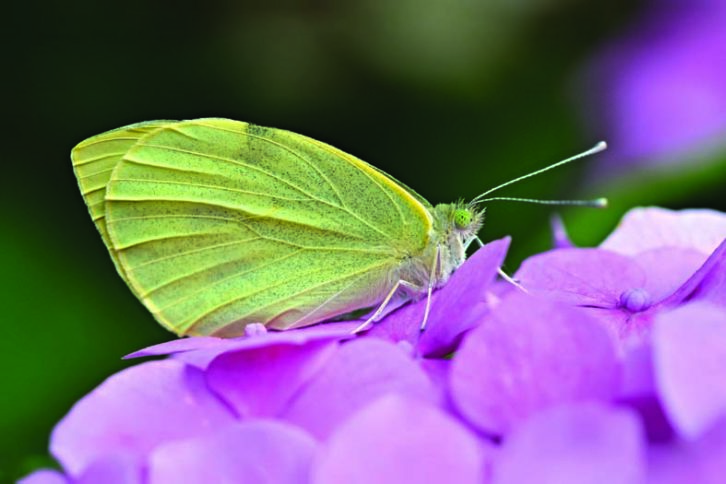
The Large White’s brilliant white wings have black tips to the forewings, extending down the wing edge. Females also have two spots on the forewings. The undersides are a creamy white with two spots. Found across the UK, they have a preference for Brassicas, such as cabbage and Brussels sprouts, as well as nasturtium in gardens, oilseed rape in the countryside and sea kale along the coastline.
Orange Tip
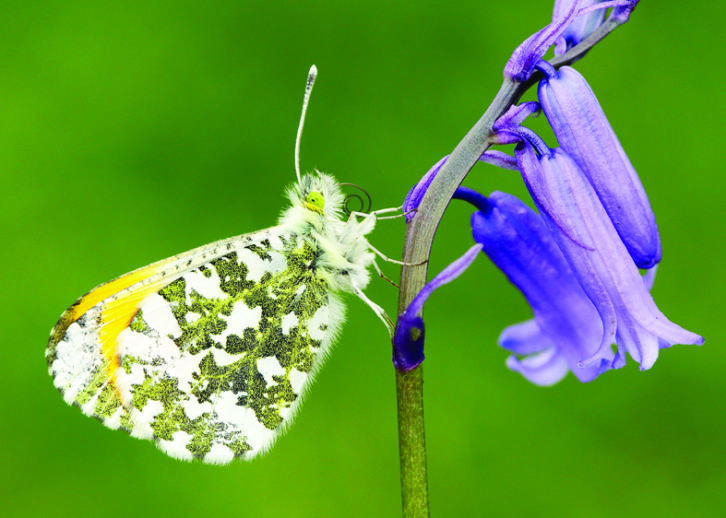
A common garden and hedgerow visitor, this medium-sized butterfly is white. While males have bright orange tips to their wings, the females have black wingtips, and both have mottled green underwings. The Small White looks similar to a female Orange Tip, but does not have green underwings. Adults can be spotted all the way through to July, with another brief resurgence in late August.
Red Admiral
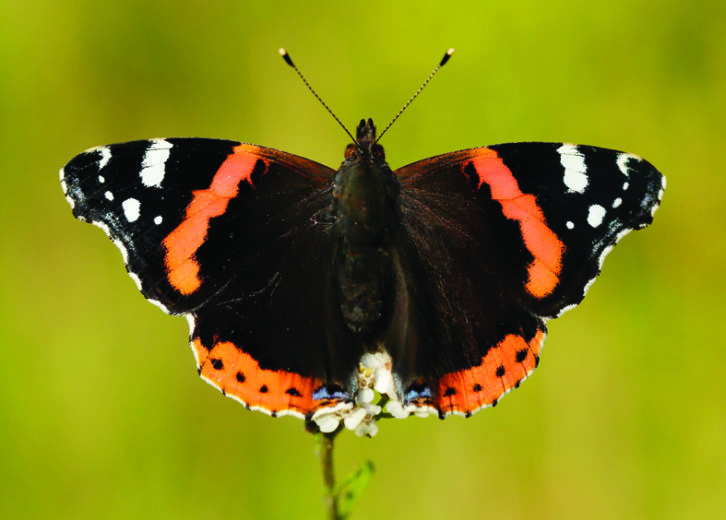
This large and strong-flying butterfly is common in all habitat types across Britain and Ireland, including gardens. They are a migrant species, flying from North Africa, and continental Europe. The arriving females lay eggs, meaning more adults emerge again in late summer, staying until the autumn. They particularly love nectar-rich flowers and rotting fruit. There is data to show their population is increasing and some are hibernating in southern England.
Brimstone
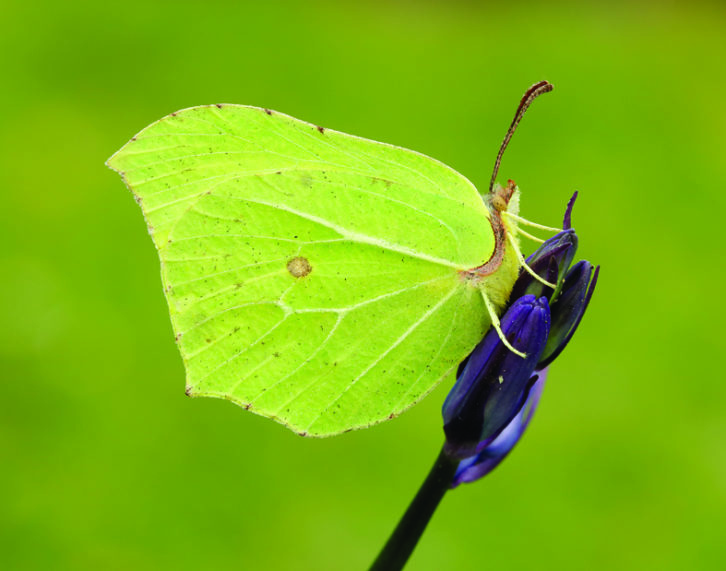
One of the first signs of spring, the Brimstone’s yellow-green wings are unmissable. The wings of the female are very pale green, almost white, while males have yellow-green underwings and yellow upper wings. When this butterfly rests among foliage, the angular shape and the strong veining of their wings closely resembles new leaves.
Small Tortoiseshell
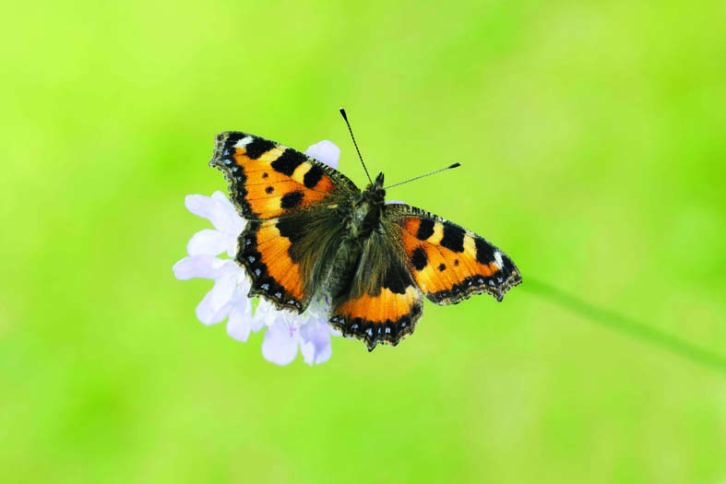
Widespread throughout Britain and Ireland, the Small Tortoiseshell has been considered a common garden butterfly for years, but more recently less so. It is one of the first butterflies to be seen in spring and is visible right through to autumn. It is often found where nettles grow, because this is where the females lay eggs.
Ringlet
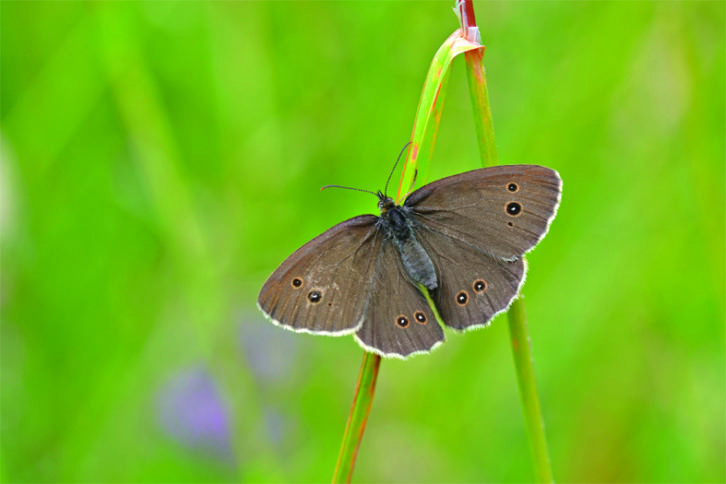
The newly emerged Ringlet has a velvety appearance and is almost black, with a white fringe to the wings. The small circles on the underwings, which give the butterfly its name, vary in number and size and may be enlarged and elongated or reduced to small white spots; occasionally, they lack the black ring. Adults continue to fly, with a characteristic bobbling flight, in dull, cloudy conditions, when most other butterflies are inactive.
Gatekeeper
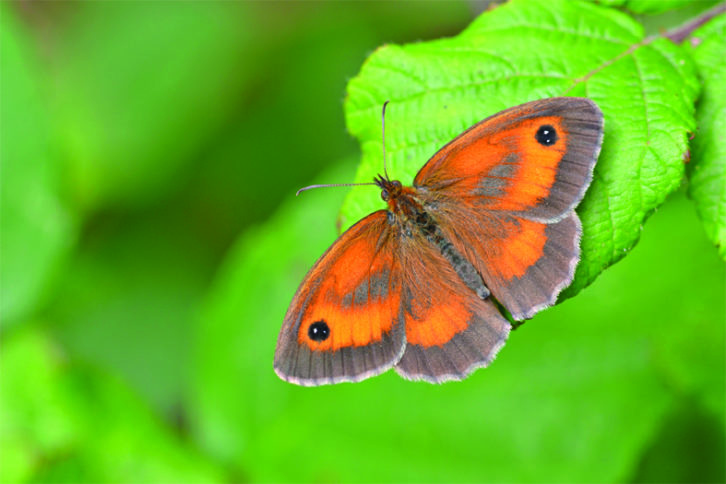
As its English names suggest, the Gatekeeper (also known as the Hedge Brown) is often encountered where clumps of flowers grow in gateways and along hedgerows and field edges. It is often seen together with the Meadow Brown and the Ringlet, from which it is easily distinguished when basking or feeding with open wings,. Favourite nectar sources include wild marjoram, common fleabane, ragworts and brambles.
Peacock
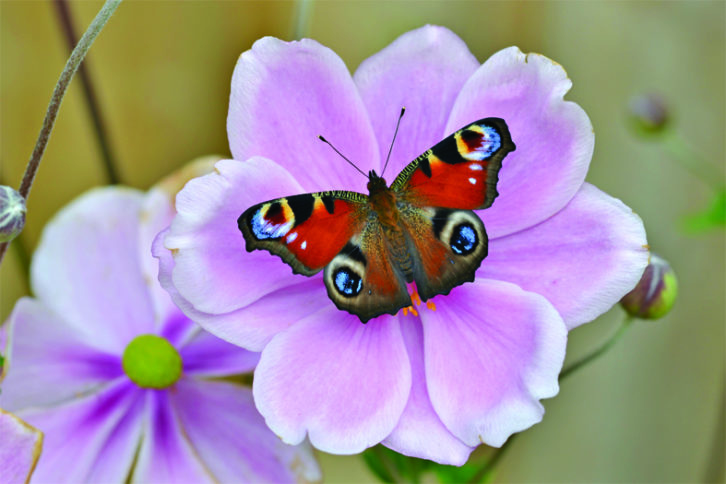
The Peacock’s spectacular pattern of eyespots evolved to startle or confuse predators, and make it one of the most easily recognised, best-known species. The undersides of the wings are very dark and look like dead leaves. This butterfly is fairly large and a familiar visitor to garden buddleias in late summer. It’s a strong flyer, constantly travelling, and has spread further into northern parts of Britain.
You can help protect butterflies by joining or donating to Butterfly Conservation. To find out more, go to butterfly-conservation.org.
If you liked this… READ THESE:
10 campsites with glorious views
10 fantastic locations for wonderful wildlife encounters
If you’ve enjoyed reading this article, why not get the latest news, reviews and features delivered direct to your door or inbox every month. Take advantage of our brilliant Practical Caravan magazine SUBSCRIBERS’ OFFER and SIGN UP TO OUR NEWSLETTER for regular weekly updates on all things caravan related.
The bright flash of a darting Holly Blue is a pleasure to see
